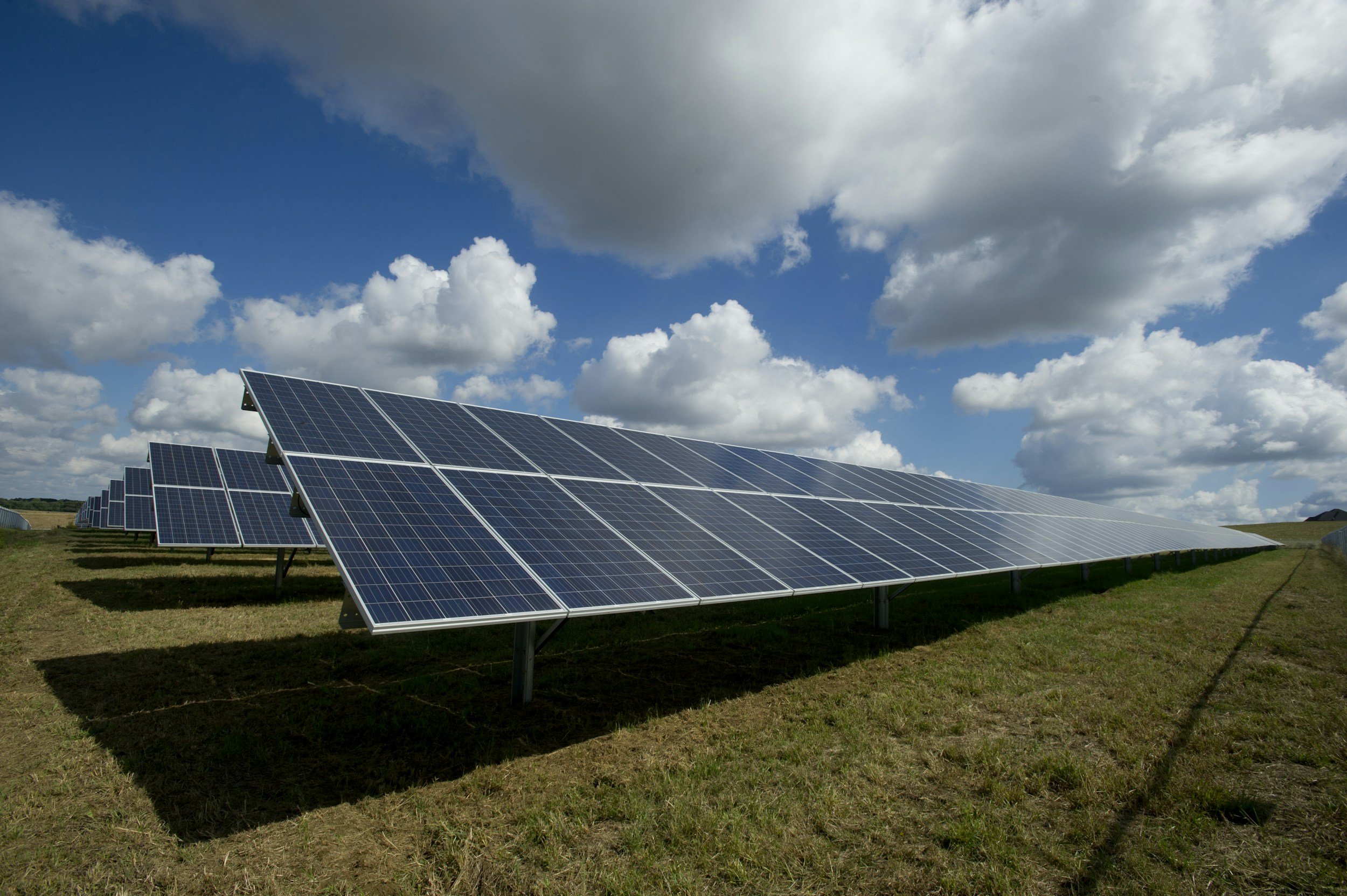
Frequently Asked Questions
-
Solar technology has been around for decades. The system that is used to attach solar panels to your roof has been refined and improved to be extremely reliable and minimally intrusive. Solar installers routinely warranty their work, protecting the homeowner from leaks or damage to the roof.
-
Solar panels will only produce electricity when the sun is directly or indirectly (reflection) shining on the panels. Snow and ice accumulation on the panels will greatly diminish the electricity production of your panels. However, the tilt of the panels as well as their dark color will usually prevent snow and ice from remaining on the panels for very long. It is not advisable to go up on your roof to remove snow and ice from your panels.
-
Solar net metering is a contractual relationship between a homeowner who has a solar system and their electric utility. The utility agrees to provide a credit to the homeowner for the excess electricity the homeowner produces that is not used by their home. This electricity is sent out to the electricity grid powering other nearby homes. A credit can be built up in your account and can be used during days when your home uses more electricity than your solar system produces.
-
Solar systems are designed to operate for 25 to 30 years. (Asphalt roof shingles have a similar lifespan.) When it is time to replace a roof, the solar system can be easily dismantled and removed in order to reshingle the roof. If it is determined that the solar panels still have more years of useful life, the solar system can be reinstalled after the new shingles have been put up. Other components of the solar system (that are not on the roof) can remain untouched while the new roof is being installed.
-
If your electric utility experiences a power outage, you will also experience a power outage unless your solar system has batteries for storage. Battery storage can add significant expense to the cost of a solar system. Battery storage can be useful in areas that experience frequent power outages or areas that do not benefit from solar net metering, a utility policy that encourages rooftop solar.
-
Your solar system is designed to be extremely low-maintenance. If the panels are visibly accumulating dust or debris (that is not washed off by rain), it is advisable to have them cleaned. Some solar installers or window washers offer this service. In most cases, solar homeowners will have access to on-line tracking of their solar systems and will, therefore, be able to notice if their solar system is not operating at maximum efficiency.
-
A solar system adds value to a home. At a minimum, a solar system is worth the cumulative amount of money that it is projected to save on electric bills. For a 5 kW solar system, the homeowner saves approximately $700 to $800 per year on their electric bill (depending on local electric utility rates). Solar renewable energy credits are another source of income for a solar homeowner in some states. These credits can add several hundred more $s per year of income depending on the market rate of SRECs in your state. The cumulative value of solar savings and SRECs can be used to establish the value that solar adds to a home.
-
Solar systems are designed to last 25-30 years. Some even last more than 40 years. At the end of the useful life of a solar system, homeowners can choose to replace them with new panels or go back to purchasing their energy from their electric utility. If you choose to replace them, you can either pay out of pocket for the new panels or seek financing for a new solar system.
-
Not all Habitat homes are appropriate for installing solar on the roof. Some are shaded by trees, neighboring houses, or other obstructions. Some may not have a roof orientation that faces the right direction. The optimal direction is due South, but SE and SW are also acceptable.
In the case of an unacceptable roof orientation, homeowners can consider building a simple structure to accommodate a solar system. A garden shed, picnic shelter, or carport are a few options for installing solar systems.

